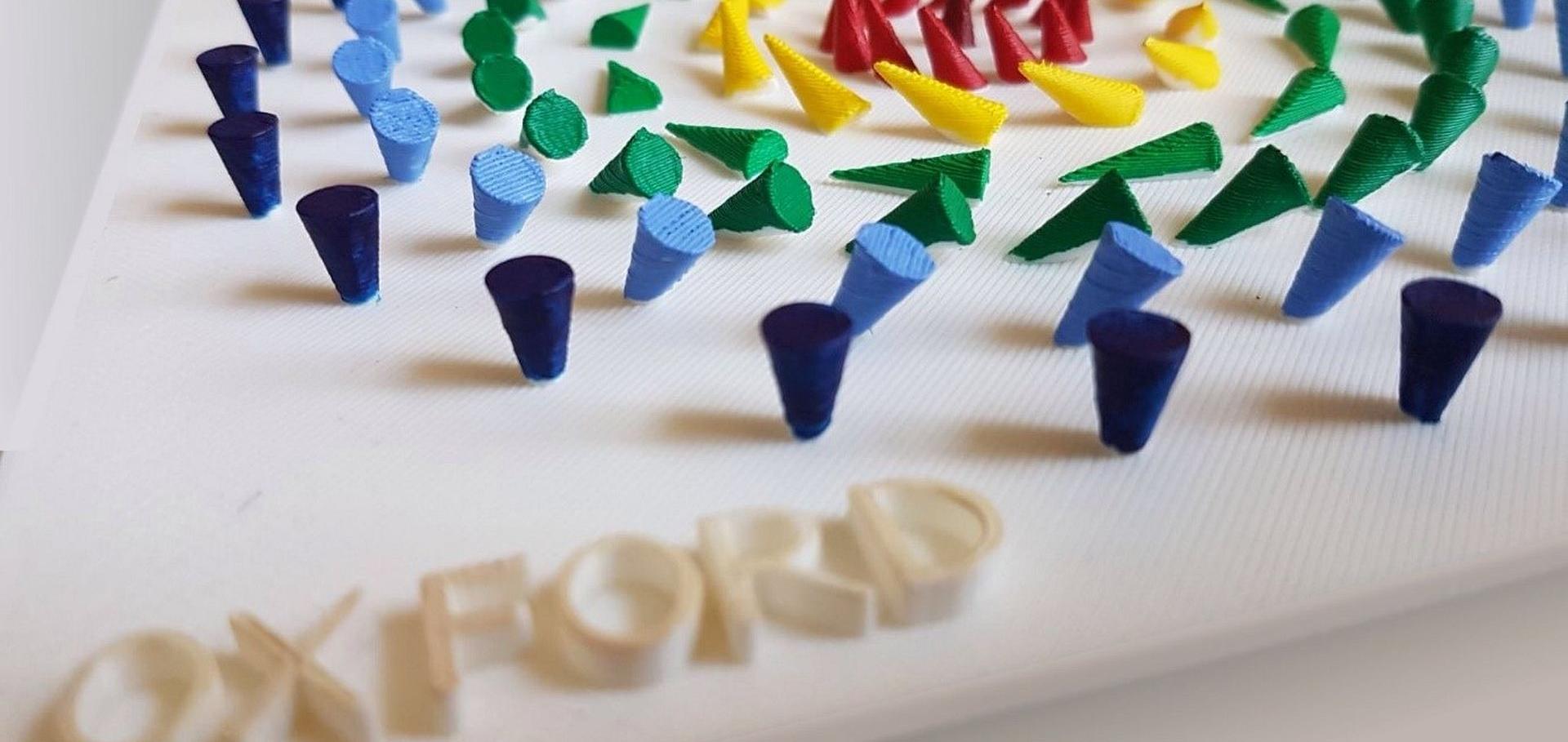Time-resolved measurement of spin excitations in Cu2OSeO3
Physical Review B: Condensed Matter and Materials Physics American Physical Society 106 (2022) 174409
Abstract:
Magnetic diffraction in combination with x-ray detected ferromagnetic resonance (DFMR) is a powerful technique for performing time-resolved measurements on individual spin textures. Here, we study the ferromagnetic resonance (FMR) modes of both the conical and field-polarized phases in the chiral magnet Cu2OSeO3. Following the identification of the FMR modes at different temperatures using broadband vector network analyzer FMR, we use DFMR on the crystalline (001) Bragg peak to reveal the time-dependent spin configurations of the selected FMR modes. By being able to measure both the amplitude and phase response of the spin system across the resonance, a continuous phase advance (of 180◦) in the conical mode, and a phase lag (of 180◦) in the field-polarized mode is found. By performing dynamic measurements in the conical phase as a function of the linear polarization angle of the x-rays, i.e., successively probing the dynamics of the moments, we find an inversion of the dynamics along the conical axis upon inverting the applied field direction. By allowing for time-resolved measurements of the phase and amplitude of individual magnetic phases, DFMR opens up new opportunities for obtaining a deeper understanding of the complex dynamics of chiral magnets.Time-resolved measurement of spin excitations in
Cu 2 OSeO 3
Physical Review B American Physical Society (APS) 106:17 (2022) 174409
Time-resolved measurement of spin excitations in Cu$_2$OSeO$_3$
(2022)
Ultrahigh carrier mobility in Cd3As2 nanowires
physica status solidi (RRL) - Rapid Research Letters Wiley 17:2 (2022) 2200365
Abstract:
Magnetotransport measurements were carried out on nanowires of the Dirac semimetal Cd3As2. Weak anti-localization was observed at 1.9 K, consistent with the presence of strong spin-orbit interaction. With decreasing temperature, Shubnikov-de Haas oscillations were seen, revealing an ultrahigh mobility of ≈57,000 cm2V−1s−1 at 1.9 K. The strong oscillations display a linear dependence of the Landau level index on the inverse of the magnetic field, yielding an intercept that is consistent with a π Berry phase — the signature feature of Dirac fermions. By studying the fundamental properties of Dirac materials, new avenues can be explored by exploiting their unique properties for spintronics and magneto-electronic devices.Cryogenic temperature growth of Sn thin films on ferromagnetic Co(0001)
Advanced Materials Interfaces Wiley 9:36 (2022) 2201452


